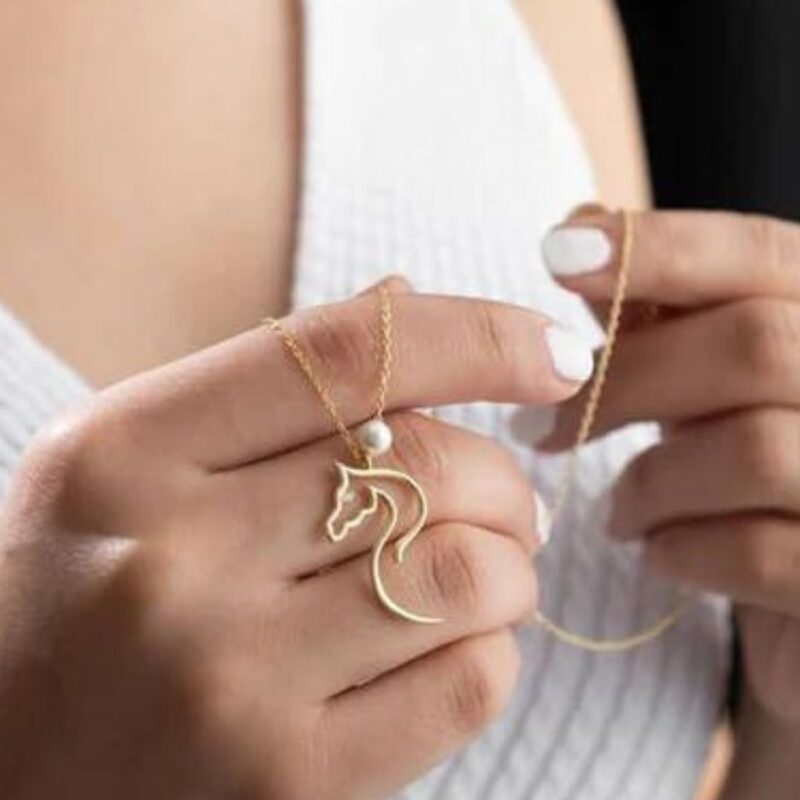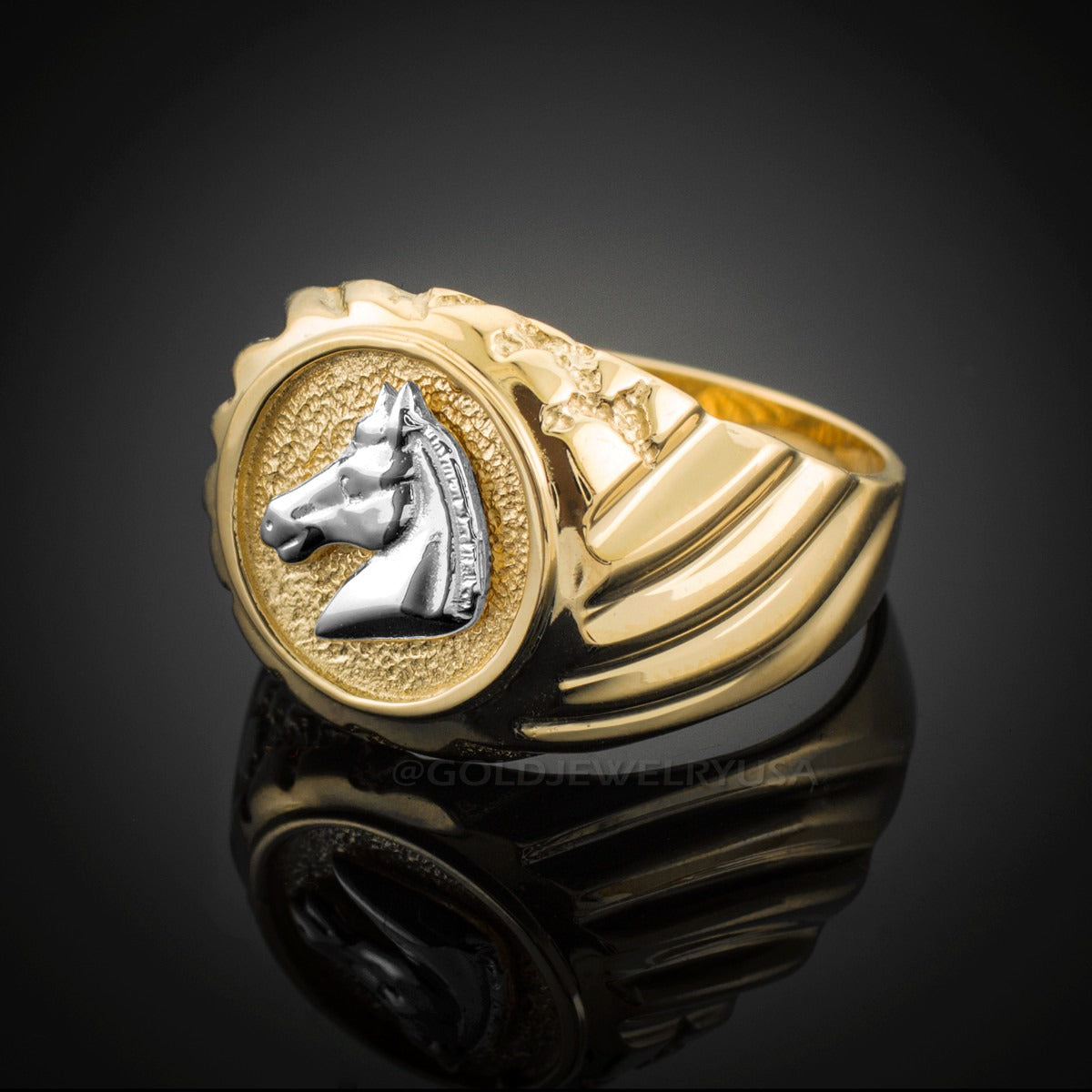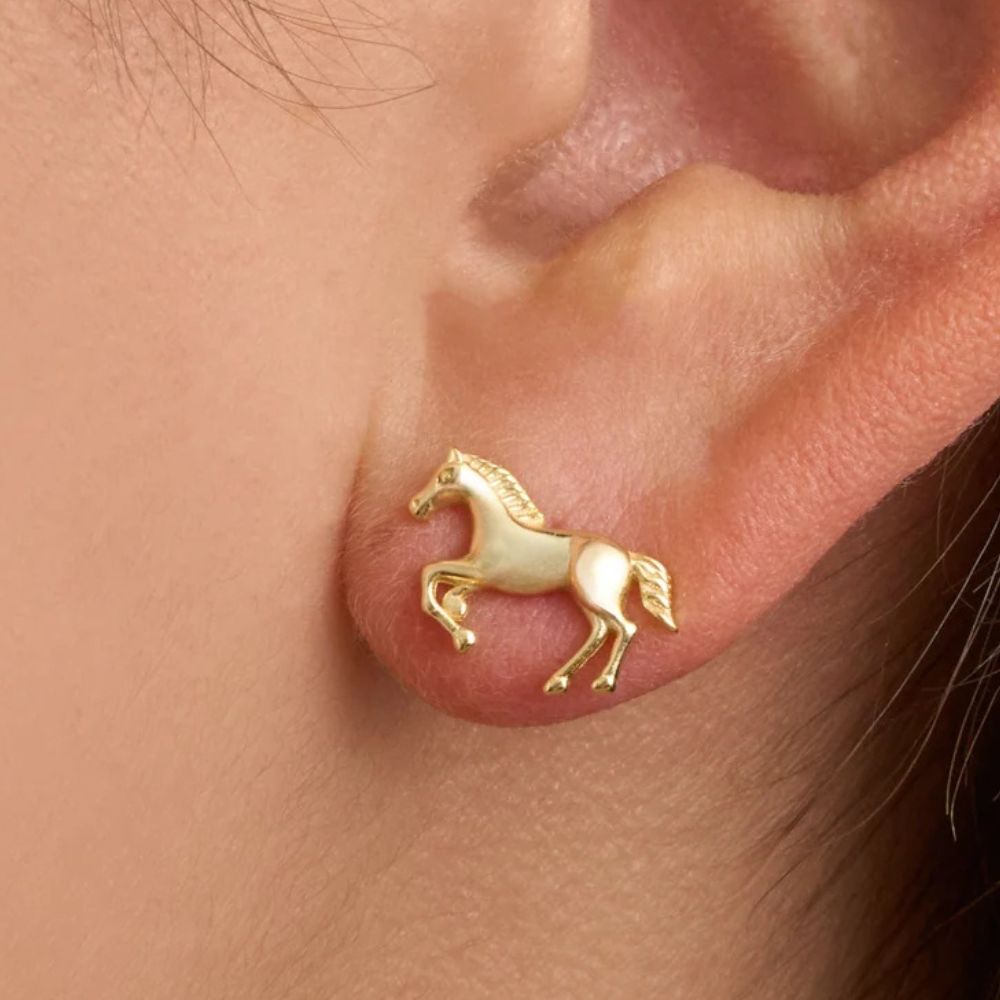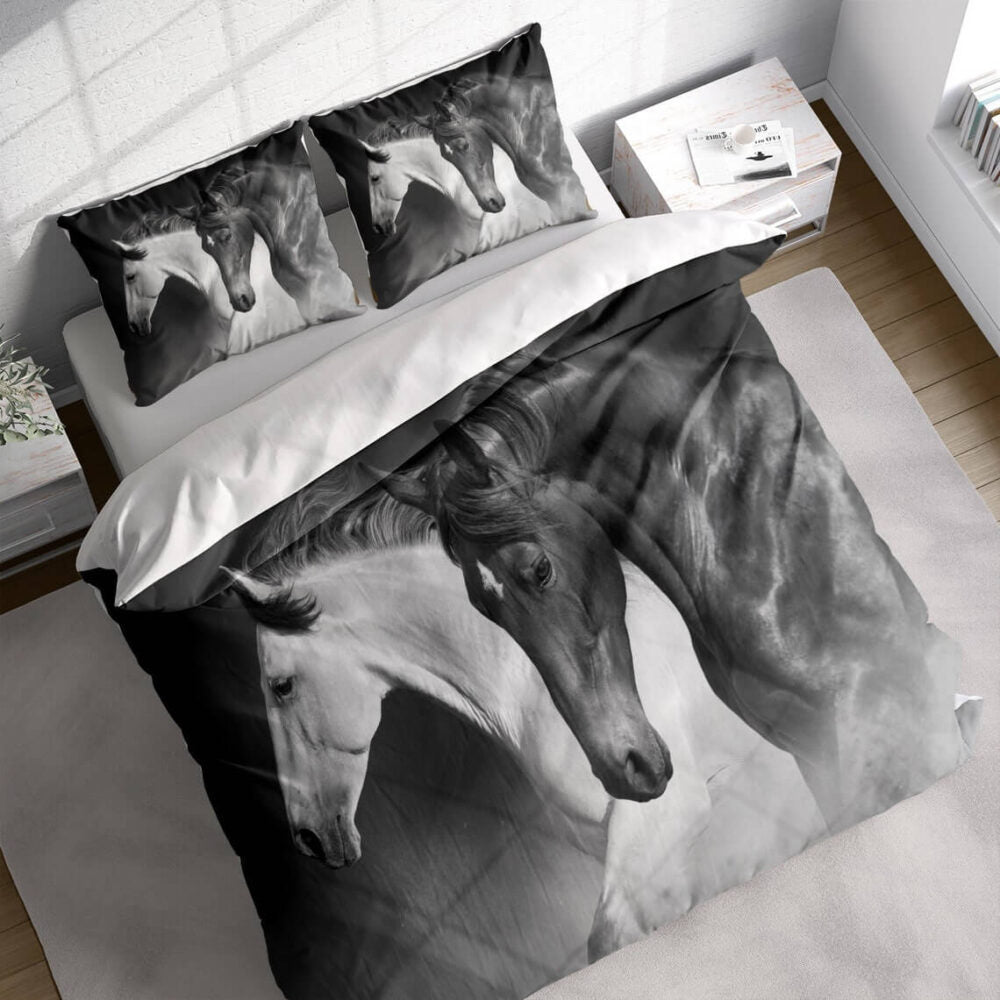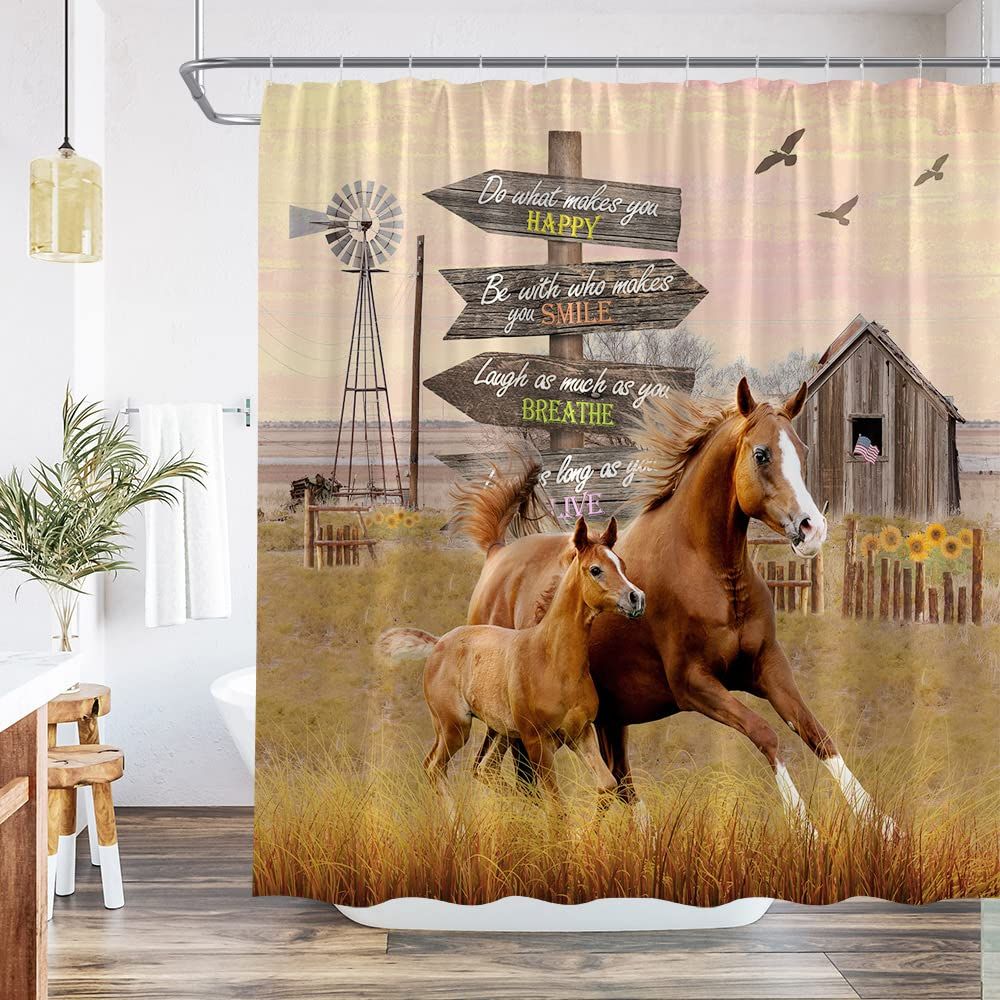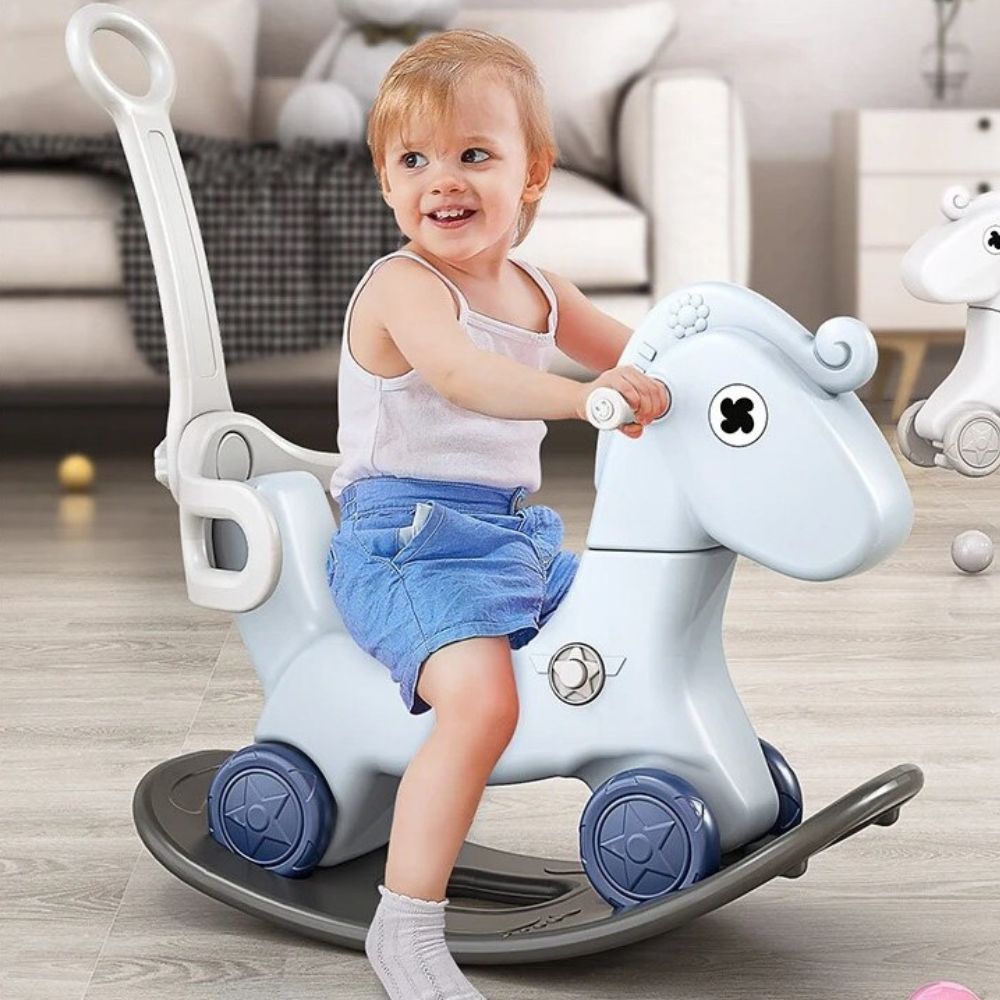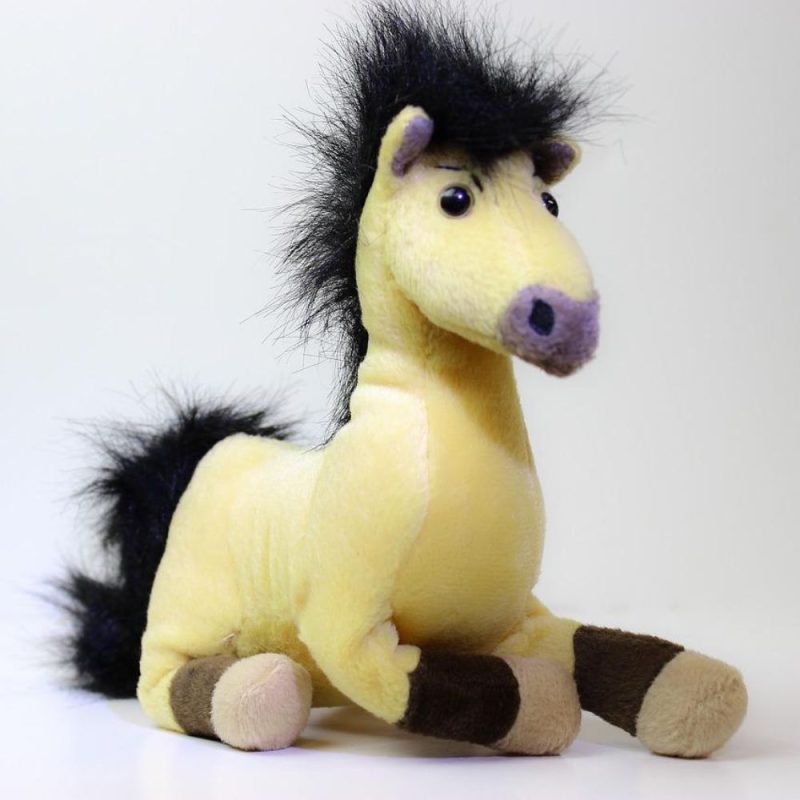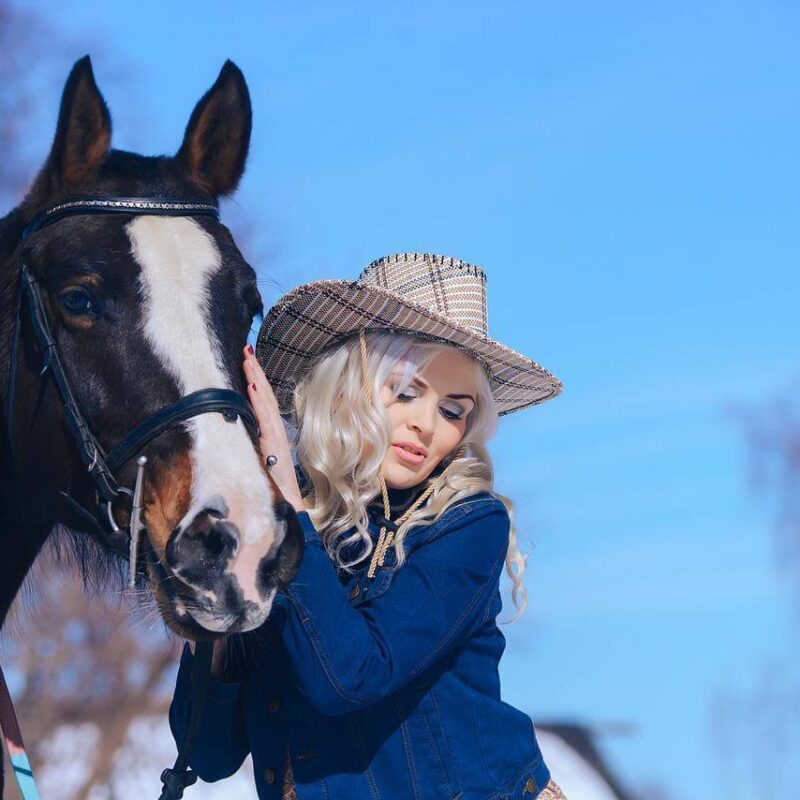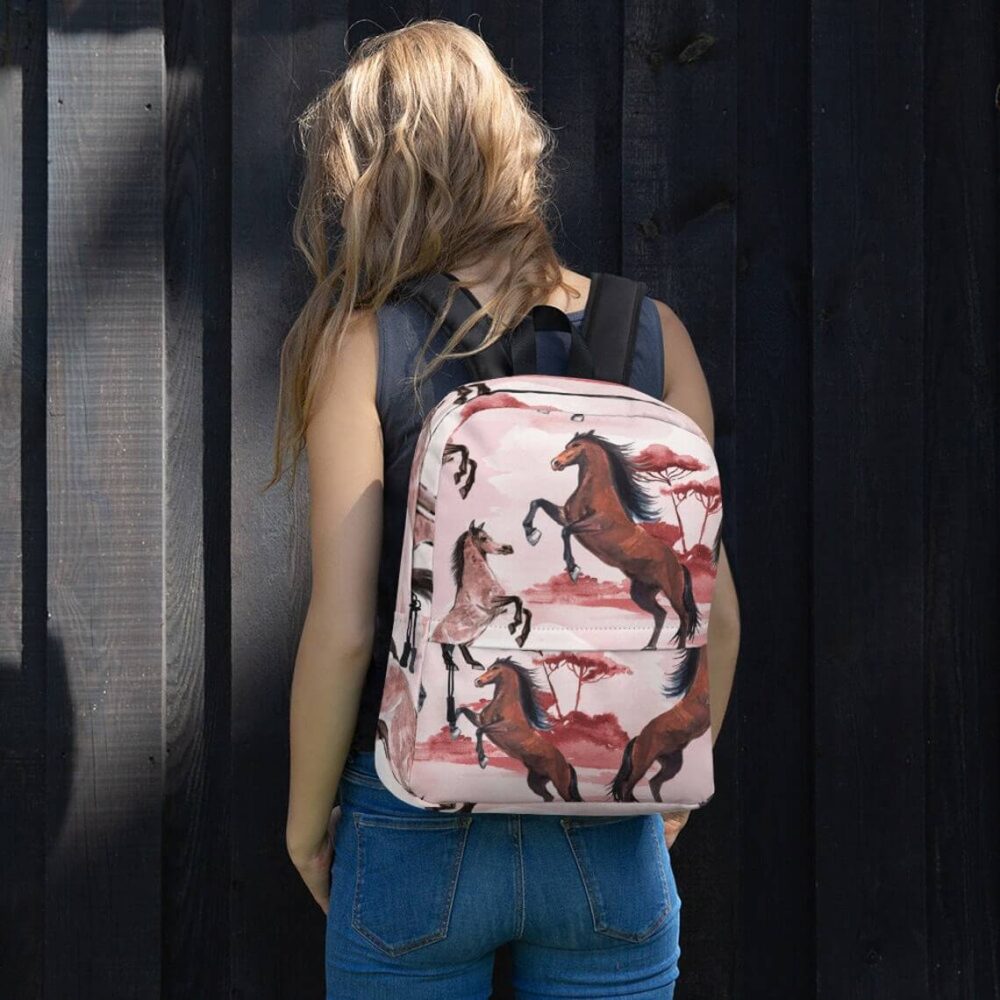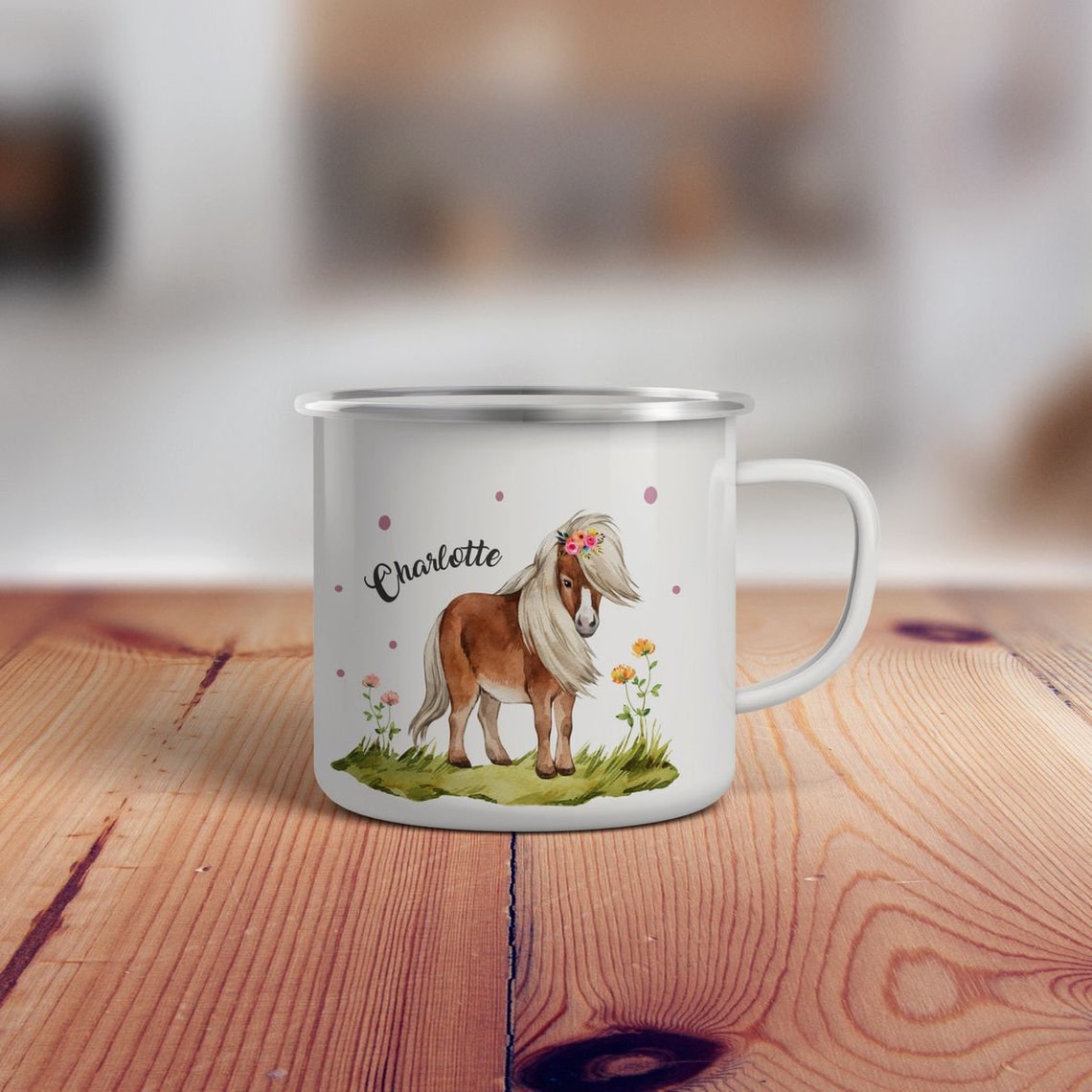
Do All Horses Need Shoes? The Surprising Truth Revealed
The sound of hooves on gravel—firm, rhythmic, and unshod—echoes across a sunlit pasture as a herd of wild mustangs thunders by. Their unshod feet grip the earth naturally, a stark contrast to the crisp clink of steel shoes on a show jumper in the arena. It makes you wonder: Do all horses need shoes? The answer might surprise you.
No, not all horses require shoes. In fact, many thrive barefoot, their hooves toughened by terrain and care. But let’s be honest—it’s not a one-size-fits-all answer. Some horses, like elite athletes or those on hard surfaces, benefit from the protection of shoes. Others, especially those grazing on soft pastures or with robust hoof genetics, may never need them. The key lies in understanding your horse’s lifestyle, workload, and hoof health. So, before you assume every horse needs a farrier’s touch, let’s dig deeper into the fascinating world of hooves—shod and barefoot alike.
The Natural Hoof: How Wild Horses Thrive Without Shoes
Picture a mustang galloping across rocky plains or a Welsh pony traversing misty hills. Wild and feral horses don’t have farriers on speed dial—yet their hooves remain strong. Why? Their hooves adapt. Constant movement across varied terrain naturally wears and strengthens the hoof wall, much like calluses forming on human feet.
Yet domestic horses often live in softer conditions—stalls, paddocks, or arenas—where hooves don’t self-trim as effectively. This can lead to overgrowth or cracks if not managed. Still, many barefoot advocates argue that with proper care (think: balanced diets, regular trims, and ample turnout), domestic horses can mimic their wild counterparts’ resilience.
When Going Barefoot Works Best
- Pasture pets or light-activity horses
- Horses on forgiving terrain (grass, sand, or soft dirt)
- Breeds with genetically strong hooves (e.g., Icelandic Horses, Arabians)
That said, if your horse is a pavement-pounding carriage horse or a dressage diva training on abrasive surfaces, going barefoot might not be realistic.
Why Some Horses Absolutely Need Shoes
Here’s the truth: shoes aren’t just for show. They serve real, sometimes critical, purposes. For working horses, performance equines, or those with health issues, shoes can mean the difference between soundness and lameness.
Common Reasons for Shoeing
1. Protection on Hard Surfaces
Imagine trotting miles on asphalt—ouch! Shoes prevent excessive wear and bruising for urban police horses or endurance racers.
2. Traction & Support
Ice? Mud? Show-jumping turns? Specialty shoes (like studs or wedge pads) add grip and stability.
3. Correcting or Preventing Lameness
Horses with weak soles, cracks, or imbalances (like founder) often need therapeutic shoeing to redistribute weight and promote healing.
And sometimes, it’s about personal preference. A rider might choose shoes simply because their horse moves more confidently with them.
The Middle Ground: Alternative Hoof Care Options
Not sold on traditional metal shoes? Modern hoof care offers alternatives:
Hoof Boots – Temporary protection for rides, like sneakers for horses.
Barefoot Trimming – Specialized trims that mimic wild wear patterns.
Composite Shoes – Lightweight, glue-on options for horses needing support without metal.
The debate between shod vs. barefoot isn’t black and white. It’s about your horse’s individual needs.
At the end of the day, whether your horse wears shoes or goes au naturel comes down to listening—to the rhythm of their stride, the condition of their hooves, and the demands of their life. There’s something awe-inspiring about a barefoot horse moving freely, just as there’s a quiet reassurance in the steady clip-clop of a shod hoof on cobblestone. Whatever path you choose, it’s a partnership—one where every step counts, and every hoof tells a story.







